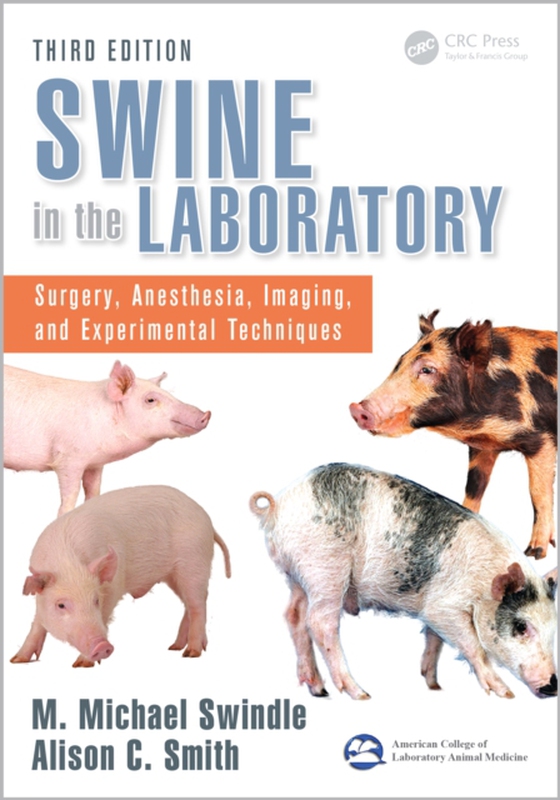
Swine in the Laboratory e-bog
1459,97 DKK
(inkl. moms 1824,96 DKK)
For two decades, Swine in the Laboratory: Surgery, Anesthesia, and Experimental Techniques has been the most respected practical technical guide for medical and veterinary researchers using swine as experimental animals. Extensively updated and expanded since the publication of the second edition in 2007 and now sponsored by the American College of Laboratory Animal Medicine (ACLAM), it continu...
E-bog
1459,97 DKK
Forlag
CRC Press
Udgivet
28 oktober 2015
Længde
607 sider
Genrer
Medical laboratory testing and techniques
Sprog
English
Format
pdf
Beskyttelse
LCP
ISBN
9781466553521
For two decades, Swine in the Laboratory: Surgery, Anesthesia, and Experimental Techniques has been the most respected practical technical guide for medical and veterinary researchers using swine as experimental animals. Extensively updated and expanded since the publication of the second edition in 2007 and now sponsored by the American College of Laboratory Animal Medicine (ACLAM), it continues to be the most authoritative source of scientific and technical information on the use of domestic and miniature swine in research.Additions to the Third Edition Include:New chapters on toxicology, transgenics, cancer models, and necropsy techniquesAn overview of porcine models that were not included in the previous editionUpdates to chapters on the various body systemsContributions from 25 new coauthors, as well as a new coeditorSignificant expansions to the accompanying downloadable resources, including new normal data on farm and minipig breeds, videos on training swine and surgical procedures, updated anatomical imaging, and a colored histological atlasDetailed sections on anesthesia, analgesia, and perioperative care present the best current practices for using swine in experimental surgery. Providing a deepened reference of the most current information and best techniques in an increasingly popular field since the publication of the first edition, this book is a vital tool in conducting the best possible research using porcine models.
 Dansk
Dansk

